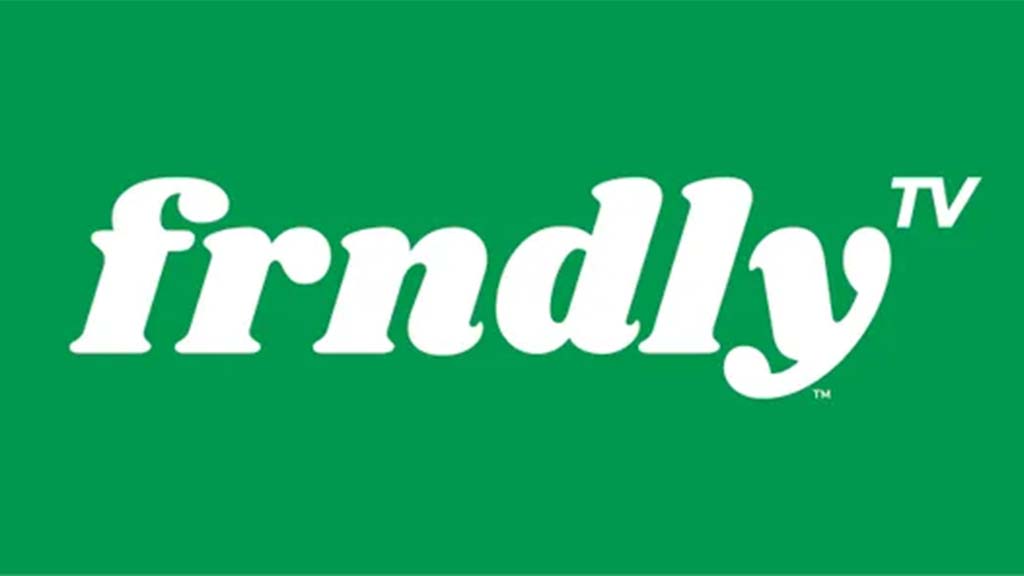CRYSTAL VISION RELEASES MOST FLEXIBLE A TO D CONVERTERS YET
New from Crystal Vision are two 12 bit decoding converters able to bring any analogue sources into a digital environment. Used with sources generated by cameras, tape machines, DVD players or graphics generators, the flexible ADDEC-210 and ADDEC-310 offer the best performance yet and can convert different analogue signals (PAL/NTSC composite, Y/C, YUV and RGB) to SDI and synchronise them too - making them ideal for multiple applications and resulting in reductions in both cost and rack space.
Input sources can be of any quality from full broadcast to VHS, with jittery signals accepted. The ADDECs have been designed to work both with RGB which has integrated syncs and RGB with separate syncs, which adds further flexibility. The high quality performance is a result of data sampled at 54Mbit per second allowing the highest quality digital filtering, as well as the five line comb decoder and the 12 bit A to D which reduces quantising noise. The internal video proc-amp allows adjustment of gains and levels for further picture improvements.
Both boards include a synchroniser which allows untimed inputs to be timed to the local syncs. This will fix any incorrect frame rates as well as any delays by taking its timing from the external analogue reference, automatically synchronising sources between 0 and 2 fields. The output timing can also be vertically offset with respect to the reference by any number of lines up to a whole frame. In the absence of a reference the ADDECs can operate in delay mode where timing is derived from the analogue input, with the addition of a fixed delay of up to two fields to compensate for any processing delays. An audio follow pulse allows the boards to be used with an external tracking audio delay, and means that an audio delay can track the video delay through the board. The picture can be frozen, allowing the ADDECs to extend their functionality and be used as a simple still store. Data in the vertical blanking interval of the composite input can be blanked or passed, while the current board settings can be saved in one of 16 locations to be recalled as required.
The ADDEC-310 is designed for people who like full board edge control and offers the most features of the two boards. Ideal for the more budget-sensitive systems, the lower cost ADDEC-210 has simple board edge functionality, and has been designed for engineers happiest using remote control. The remote control options available for the two ADDECs include an active front panel on the frame, a remote control panel and the Statesman PC software.
The space-saving 100mm x 266mm modules fit in Crystal Vision‘s standard frames allowing them to be freely mixed with any interface or keying product from the range, with 24 boards housed in 4U, 12 in 2U, six in 1U or two in a desk top box. Five different frame rear modules (the RM01, RM23, RM24, RM25 and RM27) allow the broadcast engineer to select just the outputs he needs, with a maximum of four SDI outputs available, while certain rear modules offer loop-throughs of the input and reference.
The ADDEC-210 and ADDEC-310 have replaced Crystal Vision‘s previous decoding converters, the ADDEC-200 and ADDEC-300, and are shipping now.
Based at Whittlesford near Cambridge in the UK, Crystal Vision provides digital keyers and a full range of digital and analogue interface equipment including converters, decoders, encoders, distribution amplifiers and audio embedders to the professional broadcasting industry worldwide.
Get the TV Tech Newsletter
The professional video industry's #1 source for news, trends and product and tech information. Sign up below.
